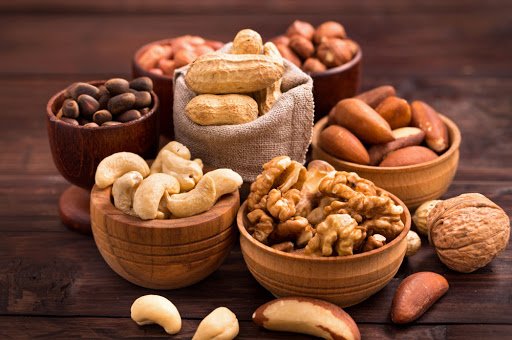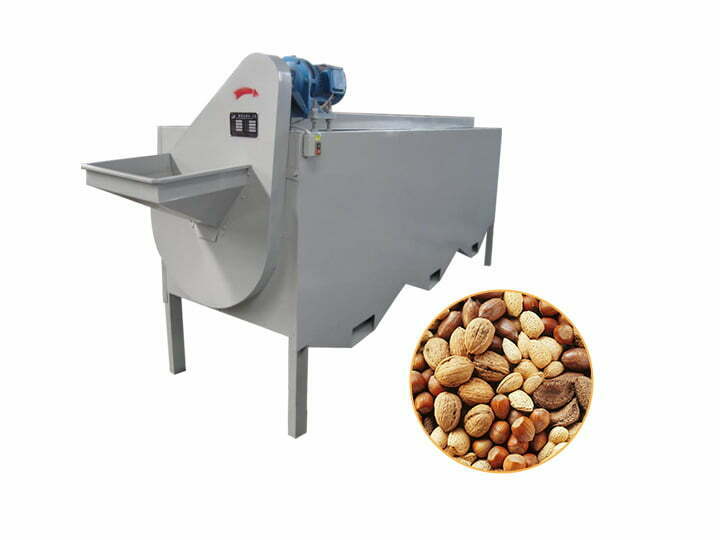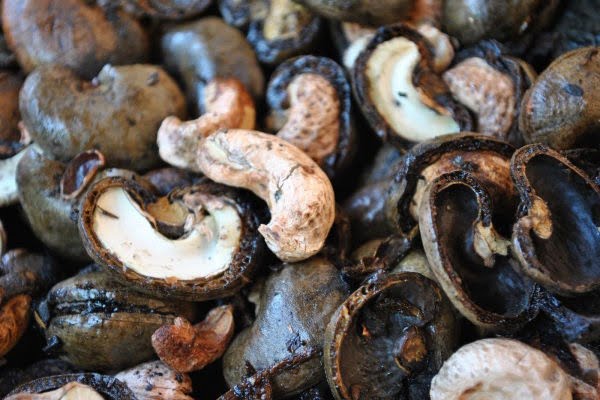The nut grading machine is mainly used for stone removal and screening of various nuts. The whole process includes feeding, stone removal and screening. The processed nuts have no excess impurities and are of uniform size, which is very suitable for the pre-processing of nuts and provides great convenience for the subsequent processing steps.
Which kinds of nuts can be graded
Our nut grader can be used for grading most types of nuts.
Such as almonds, cashews, hazelnuts, walnuts, pine nuts, chestnuts, pistachios, macadamia nuts, peanuts, etc.

Nut grading machine’s main function
The main function of the grader is to remove stone and sieve nuts, which is the pretreatment of nuts.
Because the size of nuts is not the same during the growth process. And during the harvest process, it is inevitable to have many impurities mixed in it, which will have a great impact on the nut shell integrity rate and subsequent processing.

Therefore, nut grading machine is used. It can efficiently screen nuts, nuts and different sizes and shapes classification.
High efficiency, save time and worry.
Width of nut grader level
In order to improve the integrity rate of nut subsequent opening, the general nut grading machine is divided into 3-5 levels. Of course, it can also be customized and configured according to the actual needs of customers.
In general, grades are divided into 4 widths, with 21 mm below, 21-23 mm, 23-25 mm and 25 mm above.

Operating procedures and principles of the nut grading machine
- First of all, the raw materials to be graded should be poured into the hopper of the grader, and the size of the feeding door should be adjusted so that the nuts can be evenly distributed into the graded bucket.
- The grading bucket is distributed with three holes of different sizes, and is from small to large.
- The following part of the grading bucket corresponds to the receiving hopper.
- Nuts also rotate when the grading bucket rotates.
- Nuts of small size first fall from the hole, and nuts of larger size fall to the next level under the rotation of the drum, and so on, so as to achieve the grading effect.



